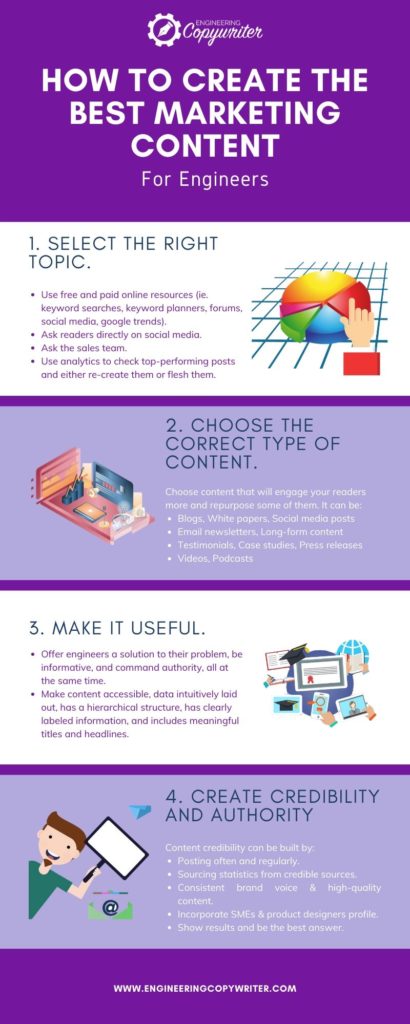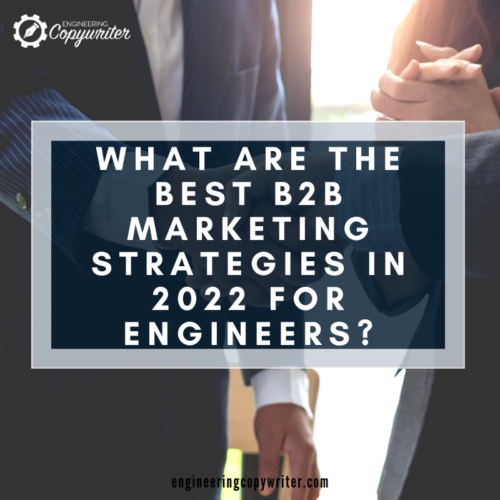6. Introduction
The first few sentences are arguably the most critical. Readers’ interest in them will determine whether they continue reading or click away. Draw your reader in and inspire them to read more. Begin with some intriguing information, brief statistics, or a question.
7. Evaluate your communication methods
 Your careful research only pays off if you communicate effectively. Keep a clear goal in mind and work from your outline. Your rhetoric should match your audience’s education level. If you dumb it down too much, you’ll sound patronizing; if it’s too complex, your content won’t be accessible enough. Make sure your content is easy to scan – attractive headings and bulleted points can help in that regard.
Your careful research only pays off if you communicate effectively. Keep a clear goal in mind and work from your outline. Your rhetoric should match your audience’s education level. If you dumb it down too much, you’ll sound patronizing; if it’s too complex, your content won’t be accessible enough. Make sure your content is easy to scan – attractive headings and bulleted points can help in that regard.
Tips for good engineering writing:
- – Your content must be simple to read
- – Write as you speak
- – Write short sentences and paragraphs
- – Make use of bullet points
- – Include images that are relevant and attractive
- – Give answers to questions your target audience might be asking
The attention span of many readers is quite short. Your target audience might click away from you if you give them a wall of text that is difficult to read. Break ideas into small paragraphs, and keep things short and simple. Long explanations and descriptions bore readers. Fill your blog with relevant information, not superlatives.
Real-world narratives make for great reading. Try to incorporate relatable stories that will hold readers’ interest. Along the way, sprinkle in calls to action to encourage further interaction from your readers. The interactions should be simple and minimally distracting. Ask readers to subscribe to your newsletter or fill out a questionnaire, for example.
8. Add images to your engineering content
Using images to split your blog post into organized pieces is a very good idea. Images capture the audience’s attention and break up the boring text. They can also help your readers understand complex concepts at a glance. However, your pictures and illustrations must be relevant and add value to the content. For example, a graph can provide a strong visual impact, present complex data visually, and doesn’t need much explanation. Shutterstock, meanwhile, is a good place to go if you’re seeking high-quality photos for generalized ideas.
9. Optimize your engineering blog post for SEO
Engaging, high-quality content will hook customers once they’ve read it, but attracting them in the first place takes a different skill set. Search engine algorithms will ignore your content if you don’t incorporate the proper keywords. If you fail to rank highly on search engines, your online business will get lost in the crowd. Finding the perfect keywords may be a difficult and time-consuming process, but tools like Ahrefs, SEMRush, Moz, and UberSuggest can make it simpler.
10. Conclusion
Use your final remarks to emphasize your point and double-check that it aligns with your introduction. You should instill a sense of urgency in the mind of your readers. You’ll want them to take action immediately instead of procrastinating and forgetting the essence of your message. This is a natural place to add a call-to-action.
11. Edit your content
It’s important to edit after writing your content. Some people think that editing merely means fixing spelling and grammar, but it’s actually much more expansive. Examine your blog post as a whole. Your goal is to connect the dots so that information flows from one topic to another. The edit will help make that picture clear. It may also mean removing some text. Editing helps you sniff out unnecessarily long sentences and complex language.
The average American reads at roughly a 7th- to 8th-grade level. Depending on your target audience, you may not want to stray far over that mark. Programs like Hemingway Editor or Grammarly can help you assess your readability index and make suggestions on how to improve it.





 Before you begin writing a post, decide on which format you would like to use. This will help you organize your thoughts and give you a better start. Each format has its own inherent advantages:
Before you begin writing a post, decide on which format you would like to use. This will help you organize your thoughts and give you a better start. Each format has its own inherent advantages: Create a basic outline for your blog post before you start. This will keep you focused and prevent you from wandering off on tangents. Start with the main heading and then flesh out sub-headings or subsections based on your targeted keywords and phrases. This may need to be done in tandem with the research unless you already know the topic well.
Create a basic outline for your blog post before you start. This will keep you focused and prevent you from wandering off on tangents. Start with the main heading and then flesh out sub-headings or subsections based on your targeted keywords and phrases. This may need to be done in tandem with the research unless you already know the topic well.  Your careful research only pays off if you communicate effectively. Keep a clear goal in mind and work from your outline. Your rhetoric should match your audience’s education level. If you dumb it down too much, you’ll sound patronizing; if it’s too complex, your content won’t be accessible enough. Make sure your content is easy to scan – attractive headings and bulleted points can help in that regard.
Your careful research only pays off if you communicate effectively. Keep a clear goal in mind and work from your outline. Your rhetoric should match your audience’s education level. If you dumb it down too much, you’ll sound patronizing; if it’s too complex, your content won’t be accessible enough. Make sure your content is easy to scan – attractive headings and bulleted points can help in that regard. 
